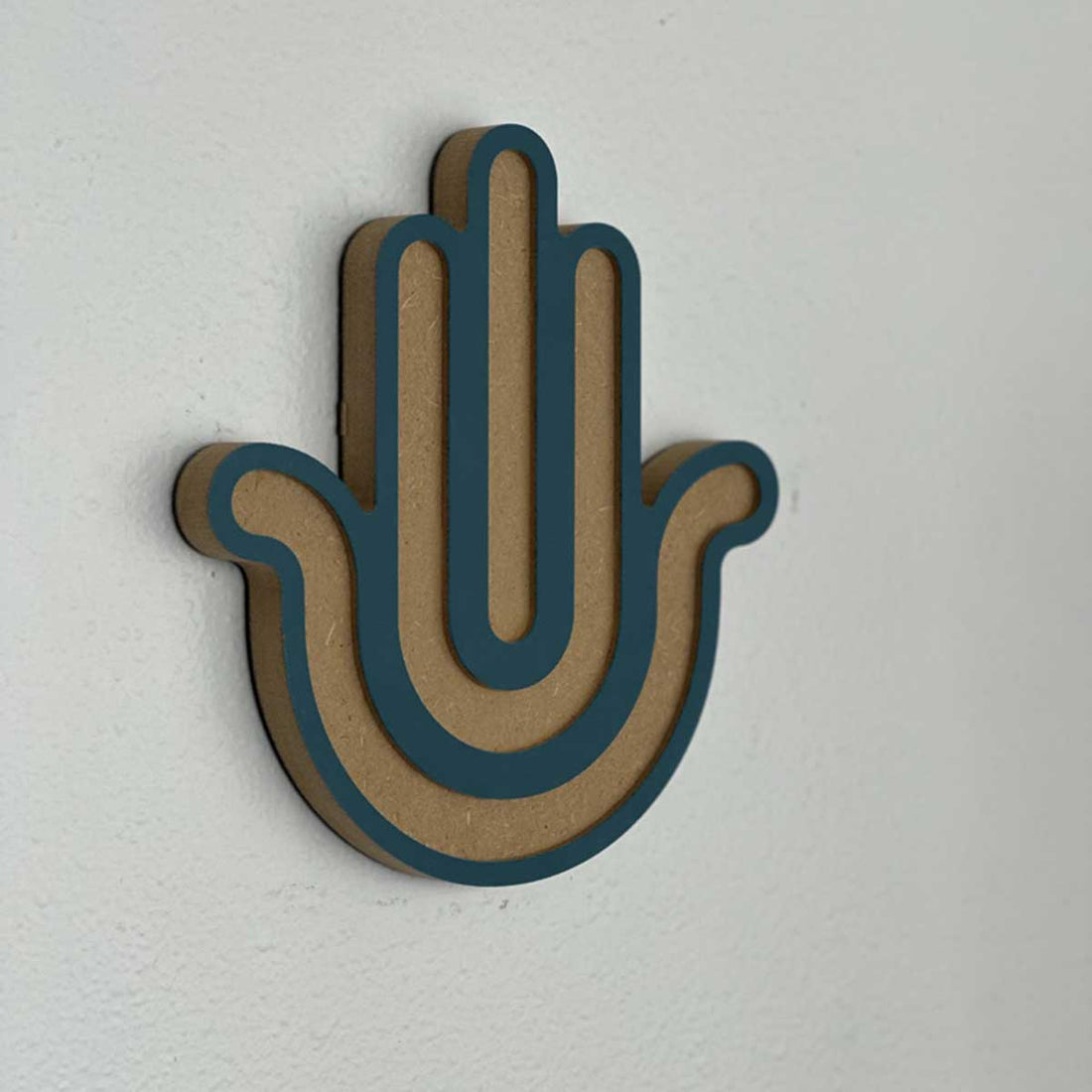The Hamsa hand is a powerful symbol that has been used for centuries to ward off evil and bring good luck to those who wear it. Also known as the "Hand of Fatima" or the "Hand of Miriam," the Hamsa is a popular talisman in many cultures, particularly in the Middle East and North Africa. The Hamsa hand is often depicted with an eye in the center, which is believed to protect against the "evil eye" - a curse that is thought to bring misfortune and bad luck to those who are targeted. In this article, we will delve into the origins and significance of the Hamsa evil eye, and explore its place in contemporary culture.
The Hamsa hand is a symbol that has roots in ancient cultures and religions, including Judaism, Islam, and Christianity. In Jewish tradition, the Hamsa hand is believed to have been worn by Queen Esther, and is associated with the five books of Moses. In Islam, the Hamsa hand is associated with Fatima, the daughter of the prophet Muhammad, and is believed to bring good luck and protect against evil. In Christianity, the Hamsa hand is associated with the Virgin Mary, and is thought to provide comfort and protection to those who wear it.
Despite its origins in different cultures and religions, the Hamsa hand is a symbol that has come to be universally recognized as a symbol of protection and good luck. The hand is often depicted with an eye in the center, which is believed to ward off the evil eye - a curse that is thought to bring misfortune and bad luck to those who are targeted. The eye is thought to be a symbol of divine protection, and is believed to be able to see into the soul and detect evil intentions.

The Hamsa hand is often used as a talisman to protect against evil and bring good luck to those who wear it. It is a popular symbol in jewelry, clothing, home decor, even tattoos, and is often used as a symbol of protection and good luck in various cultures and traditions. The Hamsa hand is also commonly used in amulets and charms, and is often given as a gift to loved ones to bring good luck and protect against evil.

In contemporary culture, the Hamsa hand has become a popular symbol of good luck and protection, and is often used in fashion and jewelry. It is also commonly used as a symbol of cultural identity, and is frequently used in art and design. The Hamsa hand is often depicted in various colors and styles, and is frequently adorned with intricate designs and embellishments.
The Hamsa Evil Eye is a powerful symbol with a rich history and cultural significance. It is believed to provide protection against evil forces and bring good luck to those who wear or display it. Whether you use it as a talisman or simply as a decorative piece, the Hamsa Evil Eye can be a powerful tool for attracting positive energy and warding off negative energy. Whether you are looking for protection, good luck, or just a symbol of peace and happiness, the Hamsa Evil Eye is a beautiful and meaningful way to bring these qualities into your life.

